
PROJECT
Cartesia
Named "world's most beautiful drawer" by global design magazine Wallpaper.
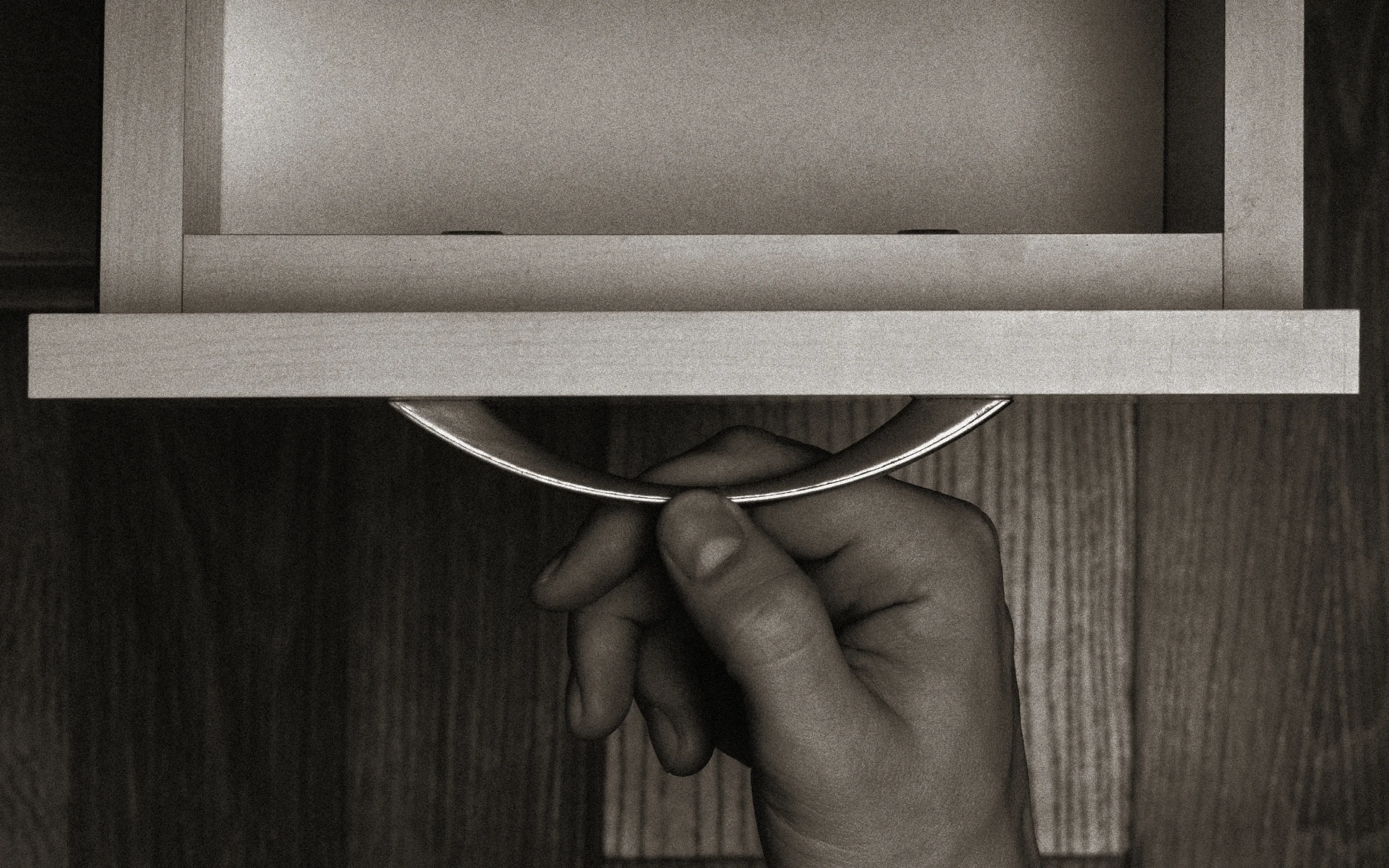
WHY
To securely connect Japan’s present leading wood industry to the future.
Craftsmanship of shipwright technology that supported the “Awahan” naval forces of Tokushima Prefecture, has been handed down from the Edo period, which developed from the Meiji to the Showa period as a major production area for box furniture that mainly focused on chest drawers, mirrors, and altars. However, Japan’s traditional industrial value of production has fallen to 1/5, during the past 40 years. Tokushima’s wood industry has declined year by year due to changes in modern lifestyle, along with the rise of cheaper overseas products, where Japan’s leading box-shaped furniture production was driven into prosperity. In such a situation where the wood industry was going out of business, we questioned what design could do to revive the industry and create new opportunities for those highly skilled carpenters in Tokushima.
Changes in production value of traditional craft industry.
HOW
Produced the first two-way drawer.

We developed “CARTESIA,” by turning over concepts of box furniture to make their advanced techniques held by carpenters in Tokushima known, by differentiating them from other production areas. As the brand name means an “orthogonal coordinate system,” CARTESIA is a drawer that can be pulled both vertically and horizontally, in multiple ways at the same time. The first product, “CARTESIA DRAWER,” in which the technology was developed together with the artisans, realized a mechanism that could not be achieved by a conventional drawer. Trapezoidal shapes were overlapped to be able to pull out the drawers smoothly.
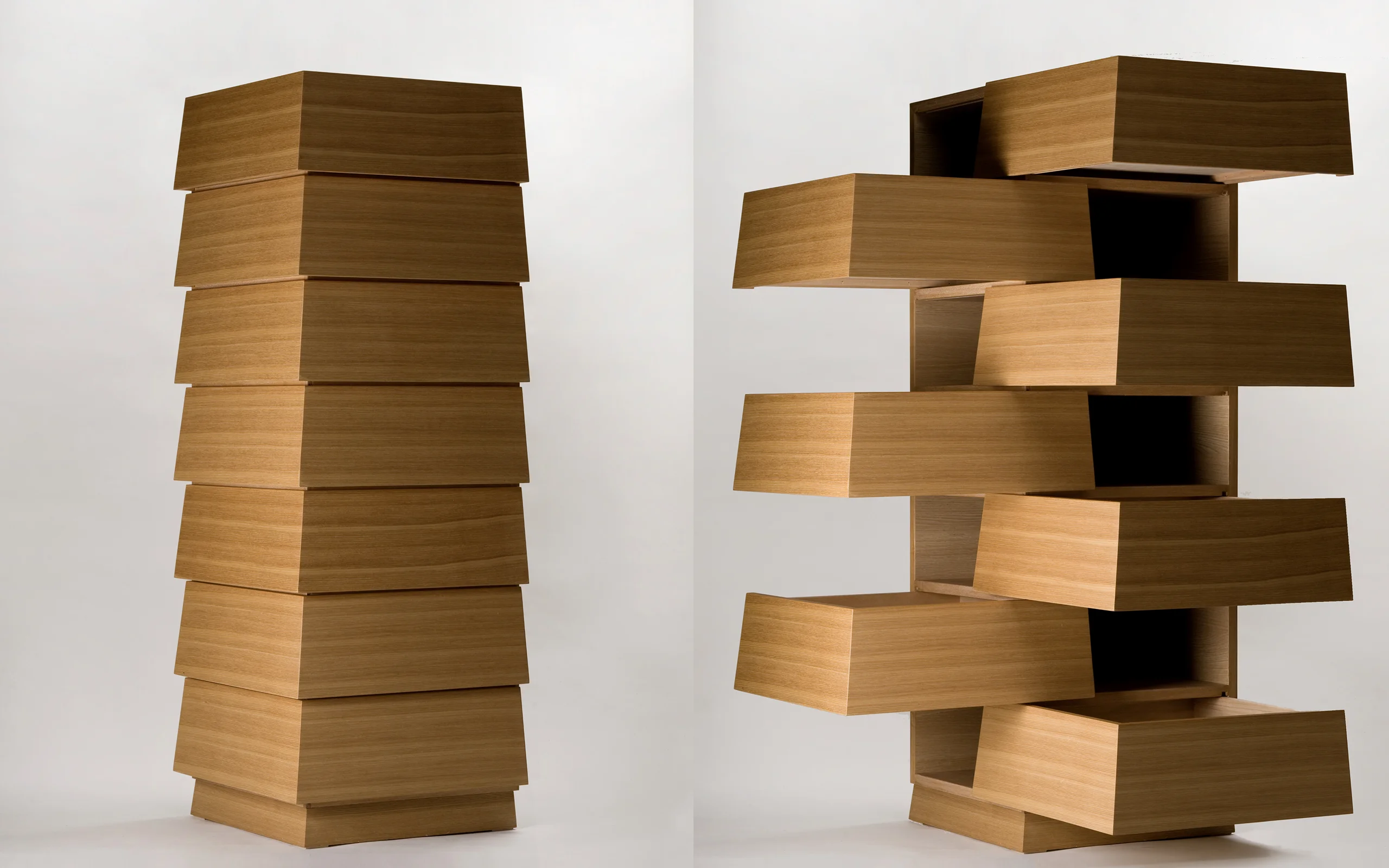

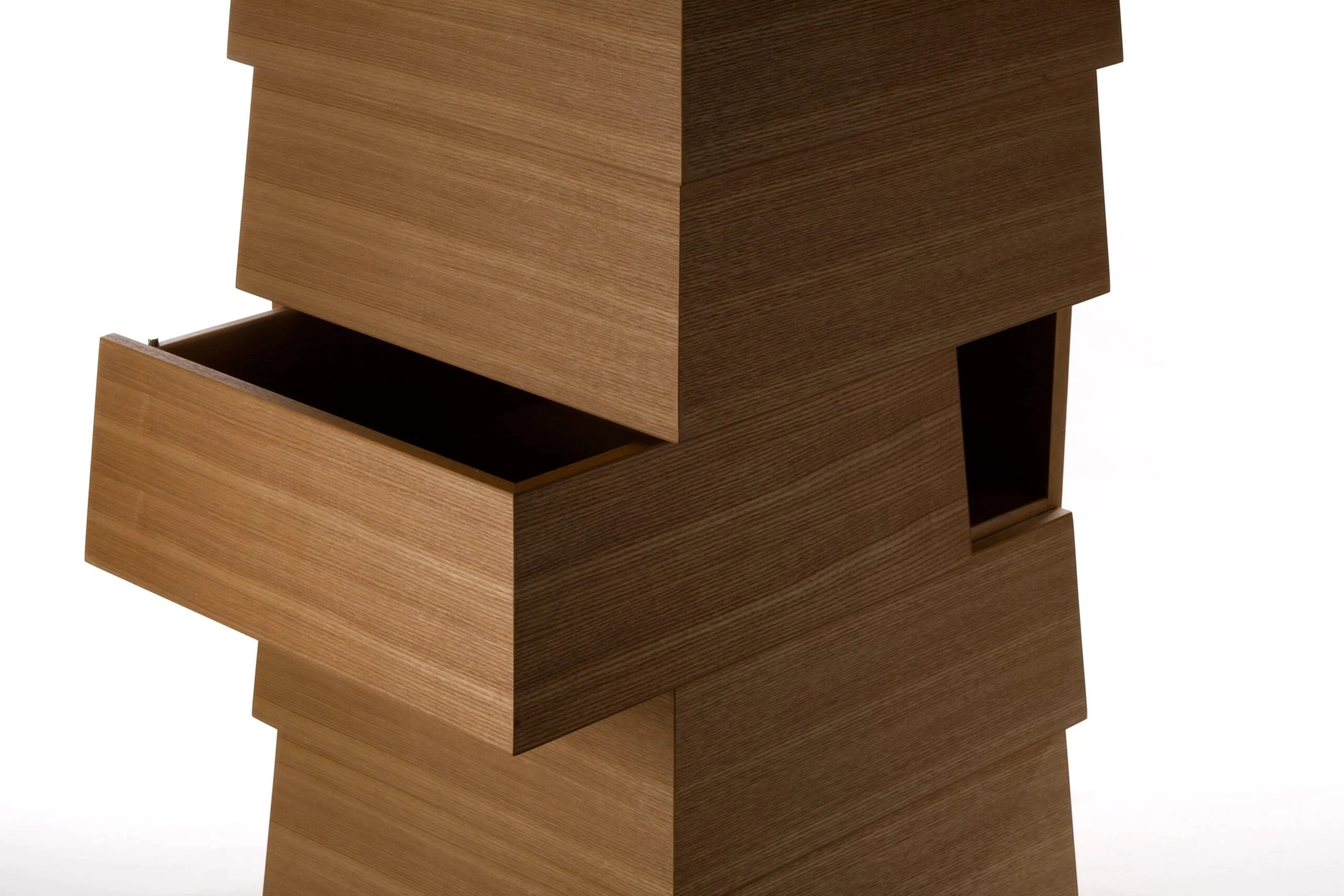
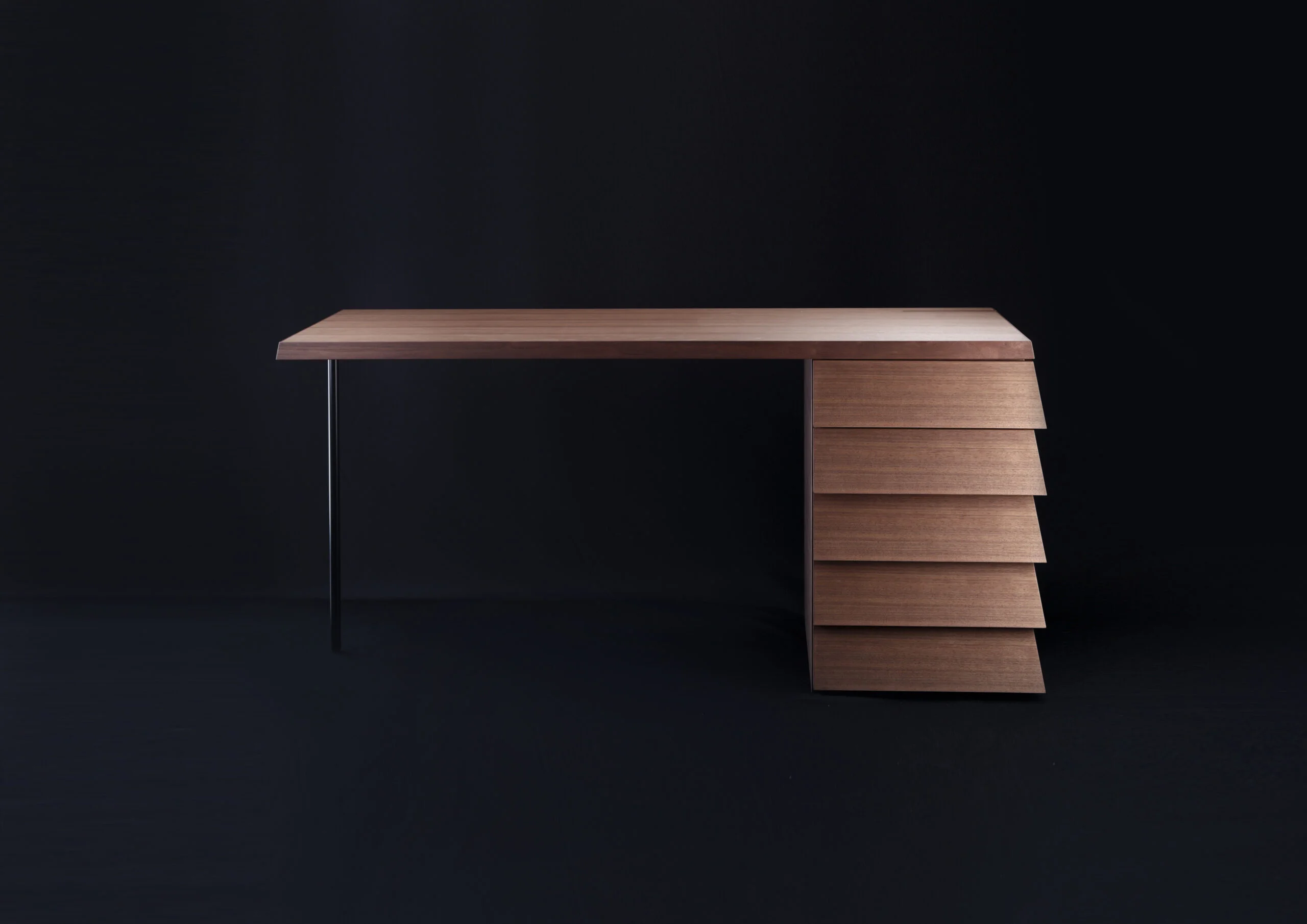
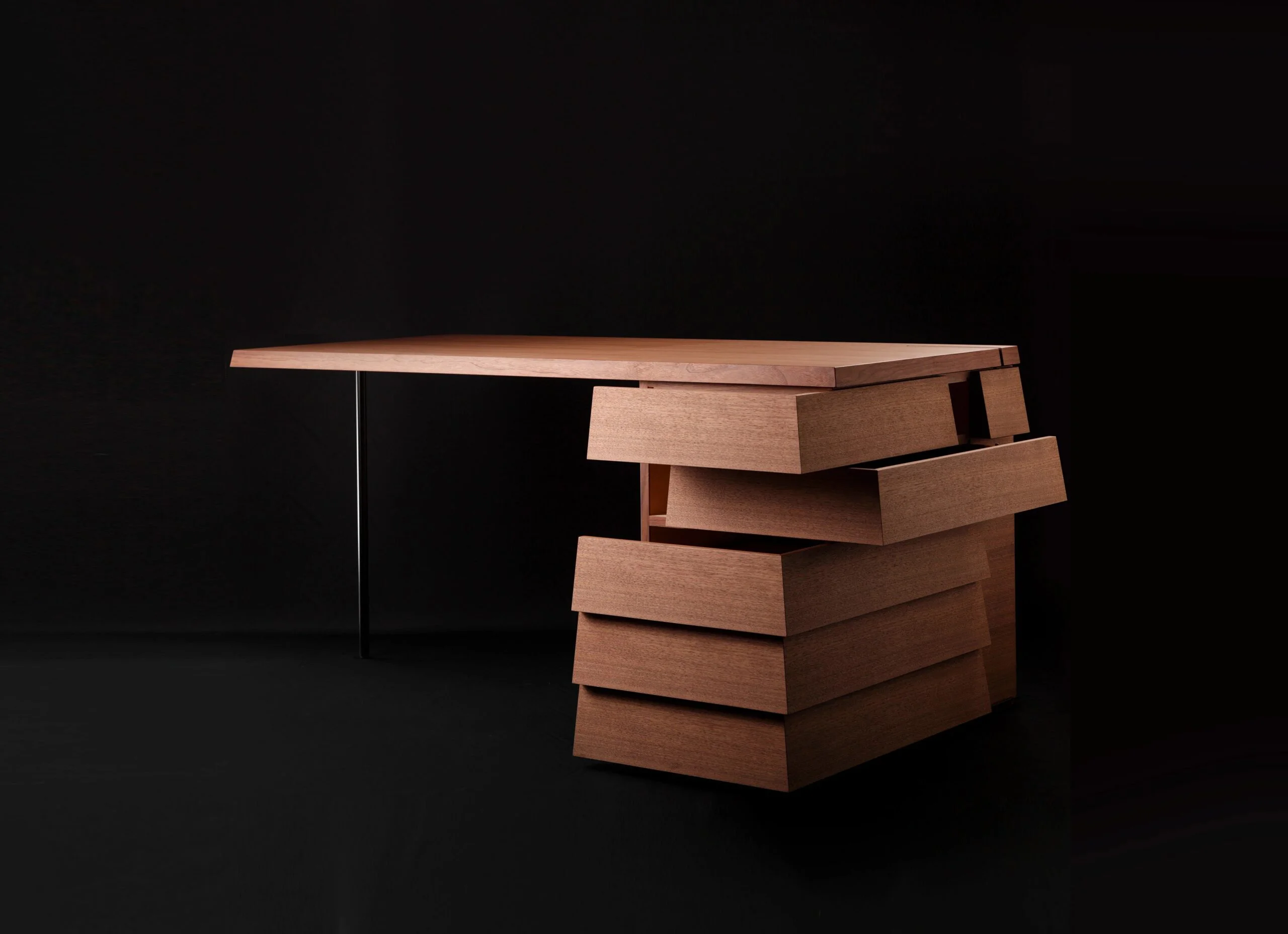
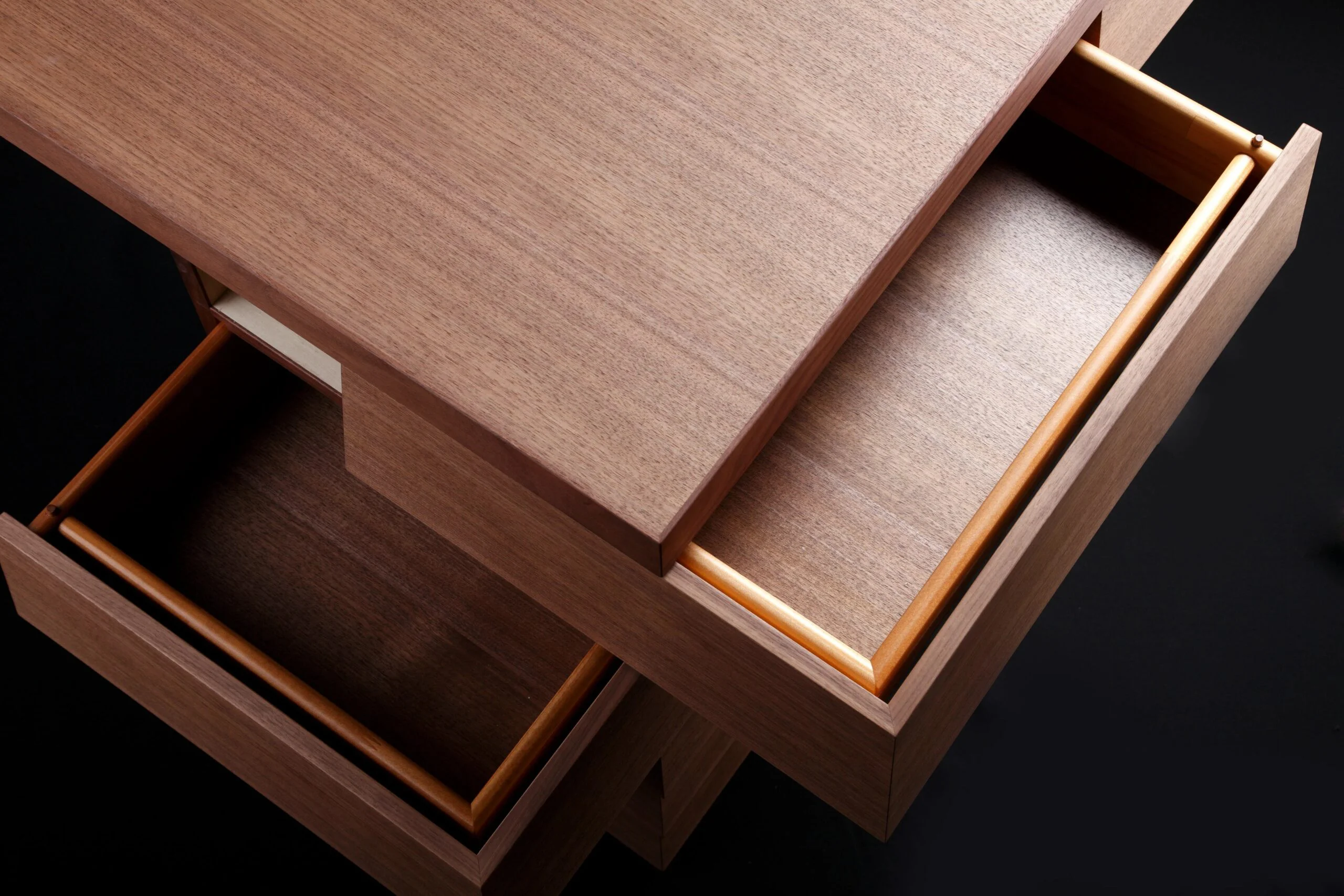

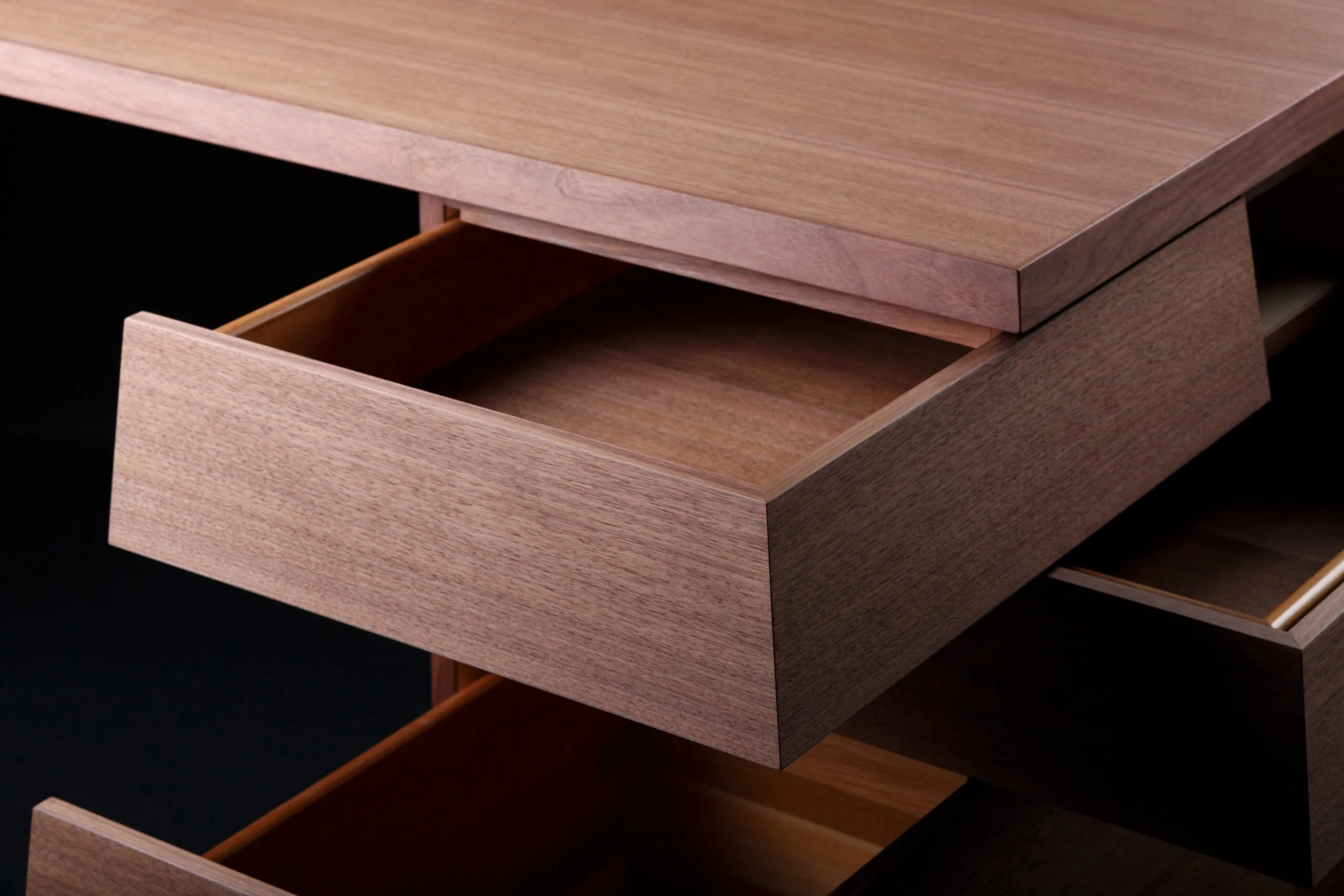
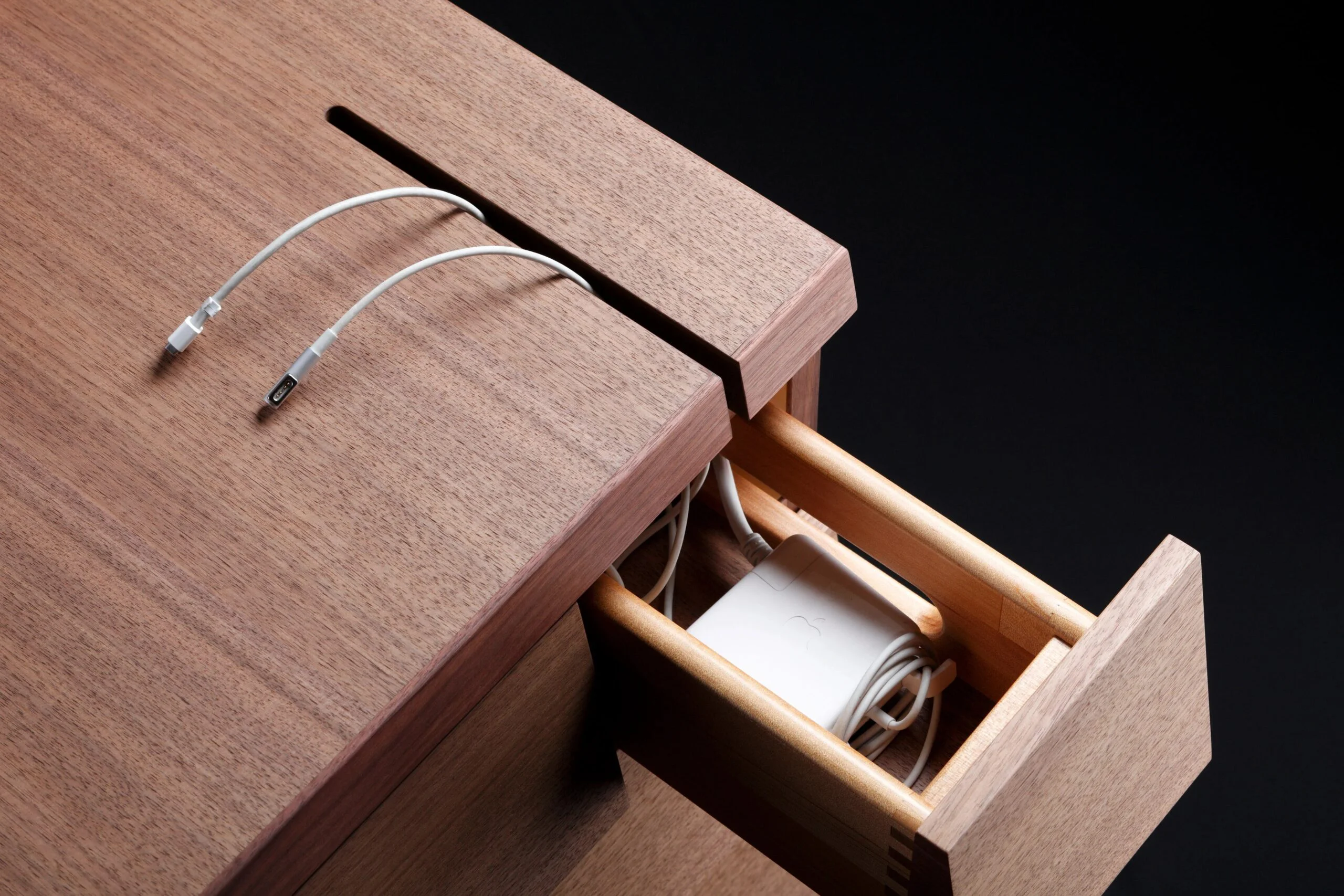
WILL
Although highly appreciated, the original purpose still needs to be reached.
As a completely new concept of box furniture, CARTESIA was recognized by Wallpaper * magazine as “the world’s most beautiful drawer.” It has received multiple design awards and exposed to various media platforms around the world, handled by numerous domestic and international shops. This project was able to harness the power of design and create a new point of contact between traditional technology and consumers. Although it has become a successful example of the production area, this was only a single product for a production area in crisis. We realized there and then, the barriers that design can hold.
Our original purpose is to create new markets, movements, and relationships through branding and communication strategies, to save as many artisans and production areas as possible. These designs were a part of a series of projects NOSIGNER and Eisuke Tachikawa worked on, as a traditional industrial producer in Tokushima prefecture from 2007 to 2009. This series brought about valuable experiences that would determine our future missions.
INFORMATION
- What
- Cartesia
- When
- 2008
- Where
- Tokushima, Japan
- Client
- COLORS
- Scope
- Product Design
CREDIT
- Art Direction
- NOSIGNER (Eisuke Tachikawa)
- Product Design
- NOSIGNER (Eisuke Tachikawa)
- Manufacturer
- MOTOBAYASHI FURNITURE CO., LTD.
- Photograph
- Masaharu Hatta









